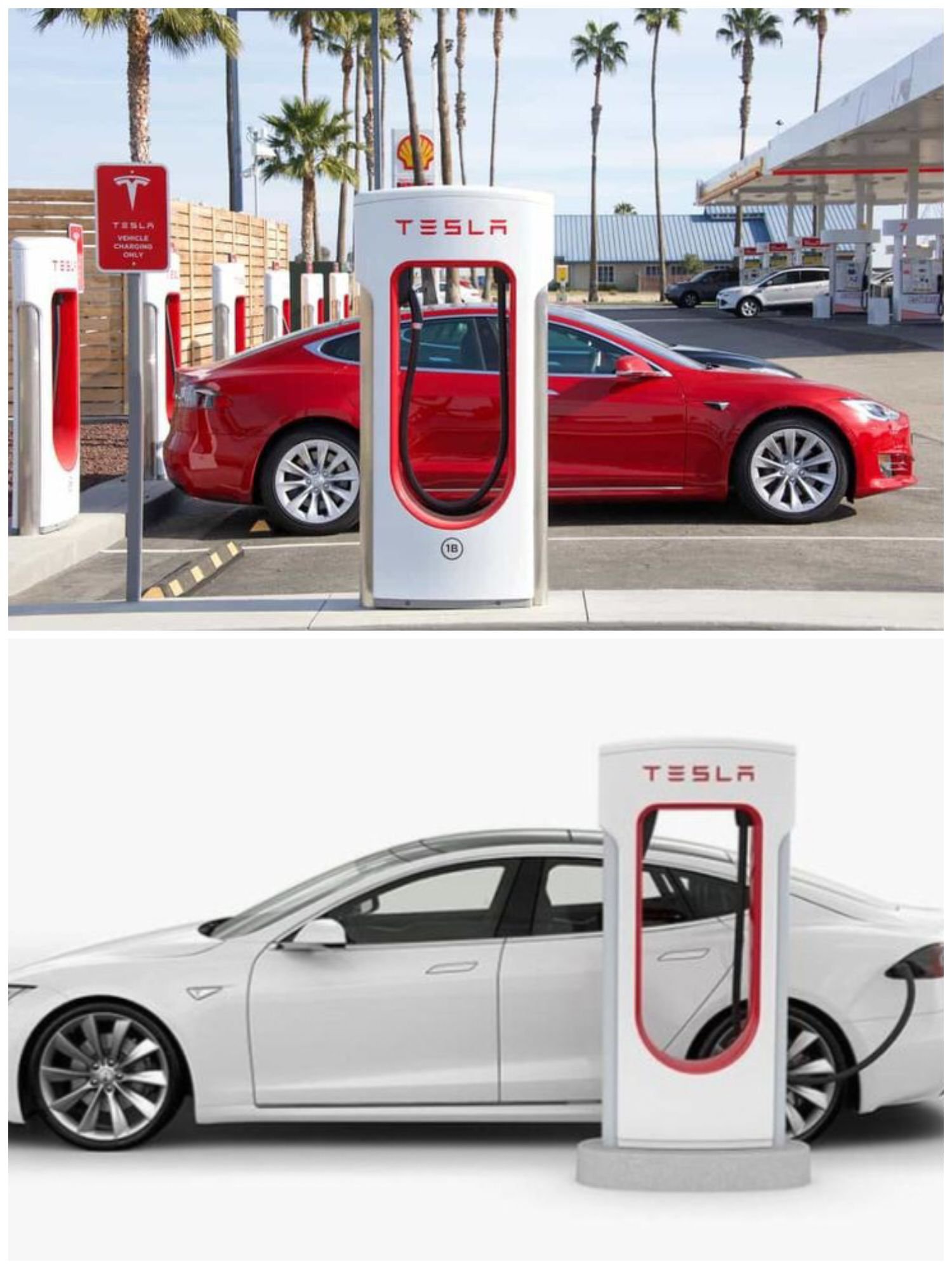Tesla was on the brink of bankruptcy, and Elon Musk nearly sold the company to Google for $11 billion. This critical period for Tesla is detailed in Ashlee Vance’s biography, “Elon Musk: Tesla, SpaceX, and the Quest for a Fantastic Future,” which reveals how close the electric vehicle manufacturer came to folding.Tesla faced severe production issues and financial instability during early 2013.

The launch of the Model S, while groundbreaking, was plagued with problems such as malfunctioning door handles and material flaws, which tarnished its reputation. These issues, coupled with a decline in sales, pushed Tesla to the edge, with only a few weeks of operating cash left.
In response, Elon Musk took drastic measures to save the company. He fired senior executives, promoted more eager junior staff, and brought in external help to improve operations. One of his most significant moves was redirecting all available resources to boost car sales, emphasizing the urgency of converting preorders into actual sales to stave off bankruptcy.Desperate for a lifeline, Musk turned to his friend Larry Page, co-founder of Google.

Musk proposed that Google buy Tesla for $6 billion, with an additional $5 billion to expand Tesla’s factories. The deal included conditions that Google would not dismantle Tesla, and Musk would remain in charge for at least eight years or until the production of a third-generation car.
Despite being revolutionary, the Model S’s launch was marred by issues like broken door handles and poor quality materials, which damaged the product’s reputation. Tesla was left with only a few weeks’ worth of operating funds due to these problems and a drop in sales.
Page verbally agreed to these terms, indicating a possible takeover.However, just as the deal was about to be finalized, Tesla experienced a dramatic turnaround. Sales of the Model S surged, and the company managed to secure a profitable quarter. This newfound financial stability allowed Musk to call off the deal, as Tesla no longer needed a “savior.”
The improved sales and financial performance reassured Musk that the company could survive without Google’s intervention.The decision to cancel the sale proved to be incredibly fortuitous. From the brink of collapse, Tesla transformed into one of the most valuable automakers in the world. As of now, Tesla’s market value is approximately $580.01 billion, a stark contrast to the $11 billion valuation during the proposed sale to Google.Musk’s leadership throughout this time shows how adept he is at handling pressure to make calculated decisions and manoeuvre through crises. In addition to saving Tesla during its lowest points, his actions set the business up for its phenomenal post-crisis growth.
This near-sale to Google highlights Elon Musk’s resilience and determination to see Tesla succeed despite overwhelming odds. The crisis of 2013 was a pivotal moment that tested Tesla’s resolve and ultimately set the stage for its monumental rise in the automotive industry. The story underscores the volatility of startups and how close Tesla came to becoming a subsidiary of a tech giant, which would have significantly altered the trajectory of the automotive and tech industries.
Musk’s leadership during this period exemplifies his ability to navigate crises and make strategic decisions under pressure. His actions during Tesla’s darkest hours not only saved the company but also positioned it for the unprecedented growth that followed.
In retrospect, the potential sale to Google represents one of the many critical junctures in Tesla’s history where a different decision could have drastically changed the landscape of the electric vehicle market. Today, Tesla’s success stands as a testament to the impact of visionary leadership and the importance of perseverance in the face of seemingly insurmountable challenges.
